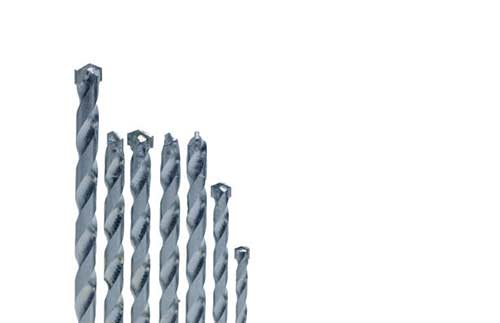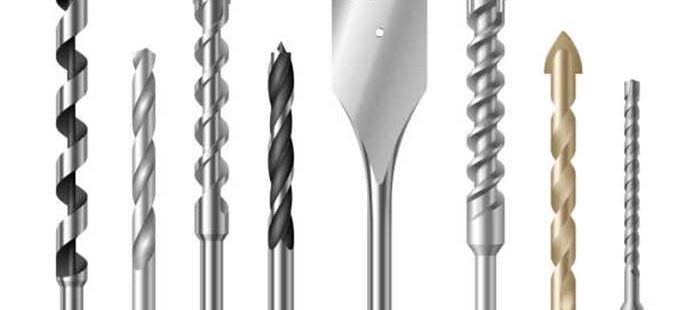The making of inserts is a very complex process. It combines a variety of processes that are all designed to produce the best possible inserts for your application and materials.
Turning inserts are used in a wide range of turning, boring, drilling, grooving and hobbing applications. They are manufactured in a variety of geometric shapes tailored to each application and material.
Raw Materials

Raw materials used to make turning inserts include tungsten, cobalt and titanium. These are sourced from Sandvik Coromant’s own mine in Austria or from recycled inserts.
These raw materials are then milled to a fine powder in a machine that looks like a small washing machine. Then a mixture of alcohol and water is added to the dry raw material, producing a gray slurry.
The slurry is then pumped through a spray dryer that evaporates the liquids. This slurry is then compacted into an insert using a press tool.
The pressed inserts are then sent to a sintering furnace where they are heated to around 1,500degC. The temperature is critical to fusing the pressed powder into cemented carbide. This process can take several hours, but the hardness and toughness of the finished inserts ensures they are able to withstand a tremendous amount of pressure.
Milling
Milling is the process of using a cutting tool to remove material from a workpiece to make it into the desired shape. It can be performed on a variety of materials, but it typically requires special tools and processes for hard-to-machine materials.
Unlike turning, which uses a fixed tool and moves slowly toward the object to remove material, milling works with a rapidly rotating vertical cutting bit. This type of milling is commonly used to produce flat and curved surfaces on workpieces.
Milling is a CNC-based machining process, which means it involves computer-aided design (CAD) and computer-aided manufacturing (CAM). The final product is a virtual representation of the actual part that the machine can understand.
Sintering
Sintering is a process used to manufacture items made from materials including metals, ceramics and plastics. Sintering occurs naturally in mineral deposits and is a commonly used manufacturing process for a range of materials because it occurs at temperatures below the melting points of these items.
Sintering combines particles by heat and pressure without melting the materials. This enables the atoms to diffuse across particle boundaries before they fuse together into one piece.
This sintering technique can be applied to a range of materials, but is particularly useful for metals with high melting points. It is also a valuable way to reduce porosity in certain materials such as tungsten and bronze. It is a viable alternative to casting because it can be used to create parts with exact shapes and sizes.
Coating
To increase the effectiveness, performance, and durability of these tools, carbide inserts often receive a coating. Four types of coatings include TiN (titanium nitride), TiC (titanium carbide), Ti(C)N (titanium carbide-nitride), and TiAlN (titanium aluminum nitride).
The inserts are then heat treated, typically through sintering. This process hardens the material by reducing its shrinkage ratio.
However, it can also lead to failures and even metal fires in the cutting zone. This is why machinists have to take a close look at the inserts they choose for different applications.
Coating is an important factor in insert selection, as it can increase wear resistance, enable high speeds and feeds, and reduce temperature. There are two main coating processes, CVD and PVD.
Blasting
A video from Sandvik Coromant shows how tungsten carbide inserts, the bits that form the cutting edges of virtually all tools used to shape metal, are made. After being pressed into shapes, they are sintered to bind the metal particles together into a solid part that’s hard and strong.
In addition to making a tool’s cutting edge, inserts also act as the holders that support them during turning. These parts are often rigid and strong, reducing deflection and vibration that can cause poor machine performance.
Conclusion:
Depending on the application, inserts can be coated with a variety of coatings that prevent wear and improve surface quality. Typically, coatings include titanium nitride, which stops metal buildup on the insert, and one or more layers of aluminum oxide to provide thermal protection.
- Growing IT Sector in Prague: What Businesses Need to Know? - November 18, 2024
- How to Choose the Perfect Luxury Hotel in Prague for Your Stay? - November 18, 2024
- Why Skincare Product Ingredients Matter for Lasting Results? - November 3, 2024

